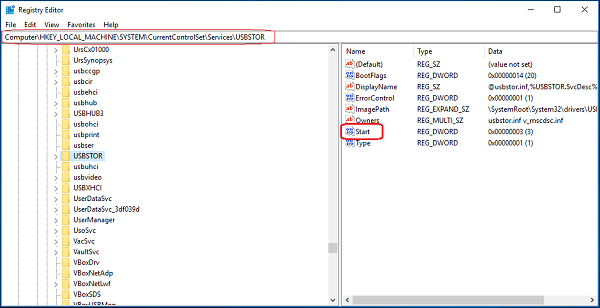Windows 10: Enable USB Port
Table of Contents
This article will help you enable the USB port. This article explains how you can turn off USB ports. Although it can be frustrating to try and use a USB device with a USB port, it is not difficult. Follow the steps below. Once you have done this, restart your computer. The USB port should now be accessible again.
Open Device Manager once your computer restarts. Select the USB option by clicking the “Devices tab”. Right-click the USB device to disable it. Click OK to reboot. After the process is complete, your device should be ready to be connected. This is the easiest method to enable USB. Disable any USB ports that you do not want to use. You can also use registry GOOGLE to enable USB.
Open the Device Manager to disable a USB port. Right-click the Start button to open this program. Next, select “Devices”. On the left-hand side, you will see a list of USB devices. Double-click on any device to disable it. If the problem persists, you can try disabling each one one at a time until you find it.
How to Enable USB Port in Registry Windows 10
Clicking the UEFI button in your BIOS, or UEFI settings is the best way to activate the USB port on your computer. Next, click the UEFI option in your BIOS or UEFI settings. The right-hand side will allow you to select the USB driver. Next, click on the USB device that you wish to disable and then click Enable. To make the UEFI option visible again, click Disable again after it is disabled.
You must disable the USB port in order to enable USB on your computer. You can disable it by disabling your SYSTEM account. This can be done by opening Windows 10’s Registry Editor. To enable the USB port, you will need to click the “DISABLE USB” button. This will enable the USB port. You will now have a USB device by disabling it. You can then access the USB device with the mouse
How to Enable USB Port in Windows Server 2022
It is easy to disable USB from your computer. Simply open the BIOS to disable Legacy USB Support. This will enable the USB port to function. You can then disable Legacy USB Support. You can also disable any other USB function on your computer. To enable USB, you will need to enable Legacy USB Support. Next, enable the USB functions your computer cannot handle.
First, enable USB on your computer. To enable or disable USB, you can also use the group policy. This information can be found in Computer Configuration and Administrative Templates. Make sure that Device Installation Restrictions are enabled to allow you to only install devices that match your device ID. You can find this setting in Device Manager. This setting will be activated when Legacy USB Support is disabled and you click on the USB.
How to Enable USB Ports without Keyboard and Mouse
After you have completed these steps, you will be able to disable the USB port and manually enable it. This is the easiest way to go. It is as easy as resetting the computer. You don’t usually need to disable your USB port. You can disable the USB port using third-party software if you are unable to do so manually. This software allows you to control the USB ports on your computer.
- Allow USB Ports to be Enabled via the Device
- Click the Start button, and then type “Device Manager” (or “devmgmt. …
- To see a complete list of USB ports on your PC, click on “Universal Serial Bus Controller”.
- Right-click on each USB port and click “Allow.”
- Click on each one, then click “Uninstall.”
The computer will search for drivers for your USB device automatically when you disable the USB port. To block USB ports, third-party software must be used. This software will allow you to manually disable USB ports. Install the USB controller drivers to enable USB ports. Next, restart your computer in order to allow Windows to recognize the USB controllers. This will activate the USB port on your computer. The USB device can then be used.

